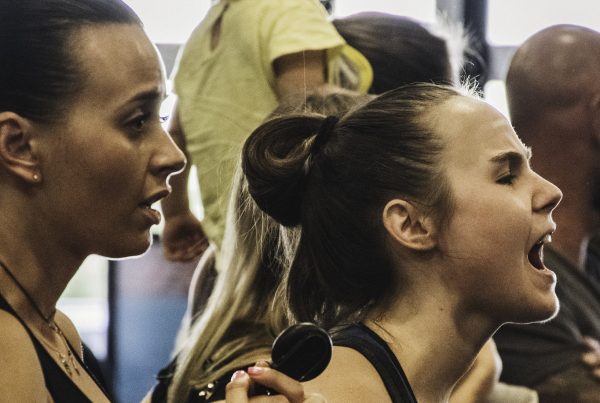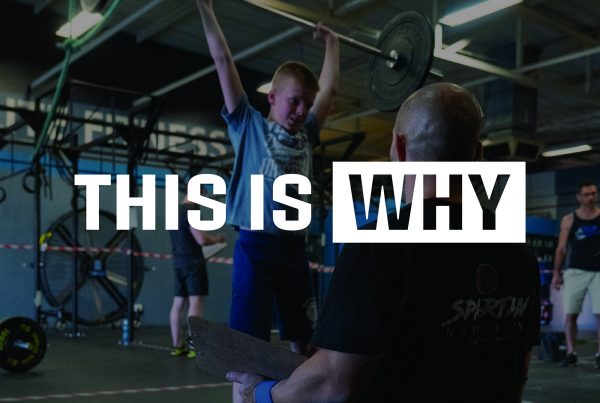What Is Tempo Training and Why Do We Use It?
Written By Tia McDougall
Often on strength movements you’ll see a tempo prescribed for the speed of the repetition. For example: Deadlift @ 3031. The numbers refer to the seconds you should be spending in particular phases of the movement. This is tempo training, and it has benefits for both the beginner as well as the more established/advanced athlete. There are a few different types of tempo training which I will explain below along with the relevant benefits.
-
Pause Training
Examples are: Pausing for a period at the bottom of the squat, pausing above the knees on a deadlift or on the floor between reps.
Beginners
This kind of tempo will teach the athletes to keep tight/engaged in these positions. These are specifically positions where the newer athlete might be likely to relax and lose position through loss of body tension.
Advanced Athletes
Pausing in the bottom of the squat/deadlift will remove the stretch reflex we rely on to help us ‘launch’ out of those difficult positions. Pausing on the floor between deadlift also eliminates the ‘bounce’ we will often get on touch and go reps. This forces your body to recruit more muscle fibers in order to complete the movement. Developing your body’s ability to recruit more muscle fiber will make for a stronger body.
-
Slowing Down the Eccentric Phase:
Examples: Jumping to the top of a pull up and slowing your descent to the bottom position. Or using tempos such as 2110 for 2 seconds to the bottom of the squat/ or lowering the bar to the floor on the deadlift, 1 second pause at the bottom, 1 meaning fast up from the bottom position and 0 meaning no little to no reset time between reps.
Beginners
Slowing down the eccentric phase will prepare as well as strengthen the connective tissue (ligaments and tendons) to handle loads. This tissue is slower to adapt than muscle tissue (and is therefore more prone to injury). In addition to this it builds strength (and teaches beginners how) to stabilize loads.
Neural adaption is also very important for beginners. Slowing down the movement ensures that beginners are moving correctly. Practice makes permanent, so, “perfect practice makes perfect!” More time under tension in good positions allows the brain to create the neural pathways required to perform the movement. Therefore setting the correct movement pattern while improving body awareness.
Advanced Athletes
Time under tension causes hypertrophy which will result in bigger muscles as the muscles fibers themselves thicken, or more fibers are added. ( we all want bigger muscles ?)
It also provides an additional stimulus for creating an overload for the body. Forcing the body to adapt and therefore get stronger.
-
Speed work
Examples: Driving fast out of the hole on a squat or out of the bottom of an Olympic Lift. Another would be being able to cycle Olympic lifts quickly. In other words, keeping the time to reset between each clean or snatch as short as possible.
This sort of tempo training is for advanced athletes to develop speed, power and explosiveness – all essential components of fitness and important to attaining a high power output in metcons. Although speed work is important for all levels, it’s only effective if the correct body positions are being maintained through speed and fatigue
So in conclusion, both beginners and more advanced athletes have much to gain from tempo training. Both by neural and physiological changes.
Our aim in CrossFit is to use as much variety in training as possible in order to keep challenging our bodies to adapt to get stronger, faster and fitter. Not only do we need to be able to move large loads, long distances quickly. We also need to be able to support large loads for sustained periods, that is, time under tension. Tempo training therefore enables us to develop strength effectively while adding useful variety to your training.



